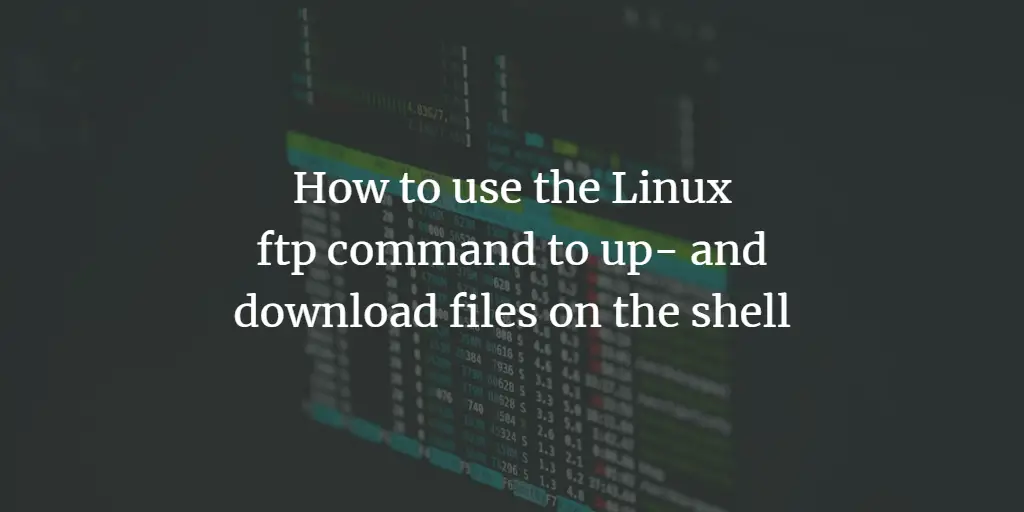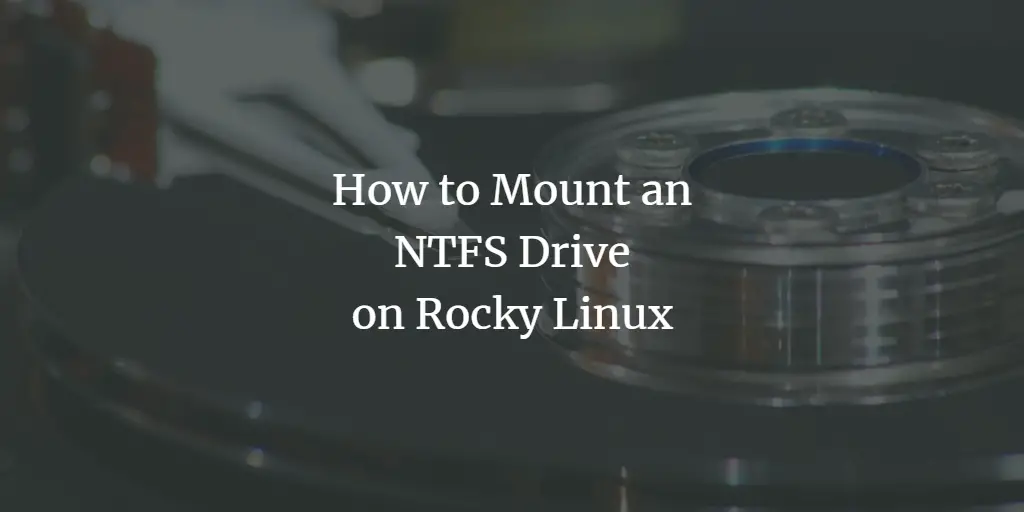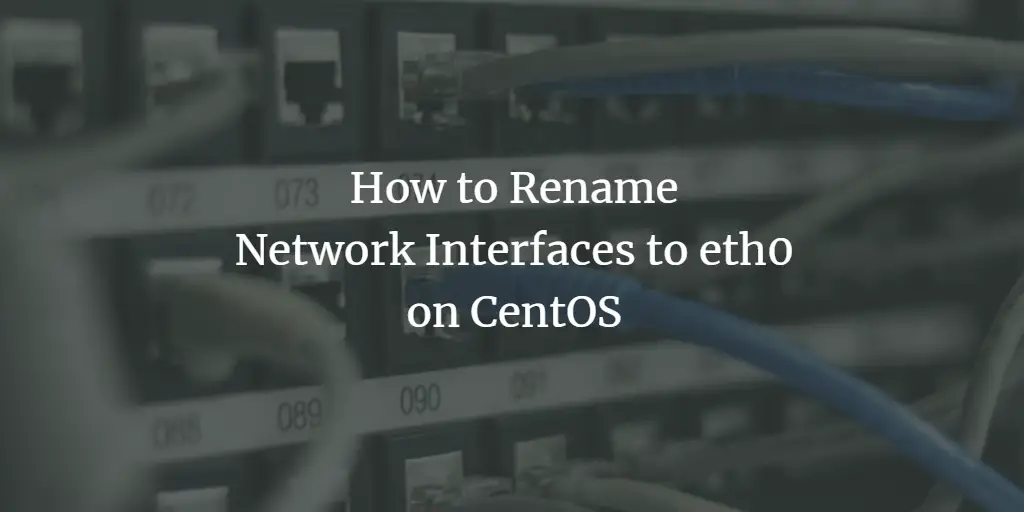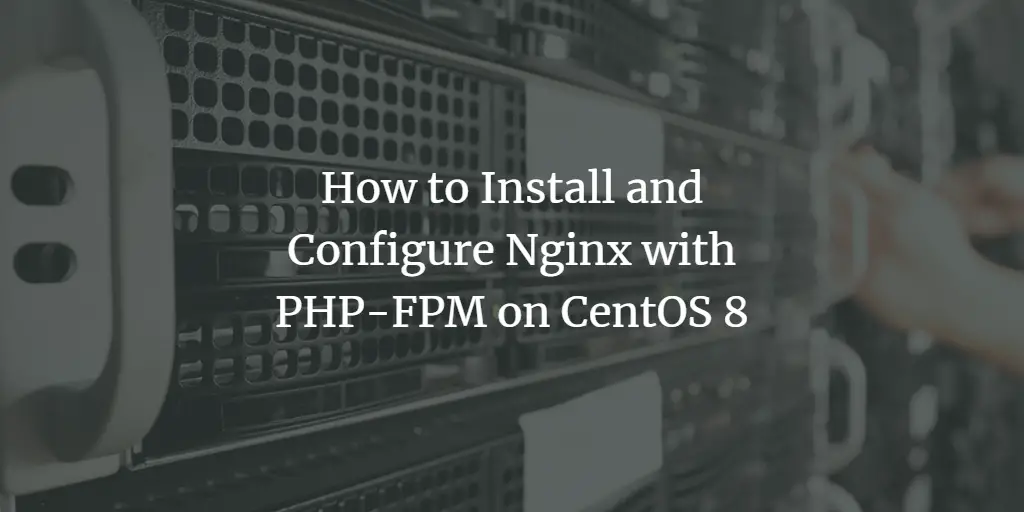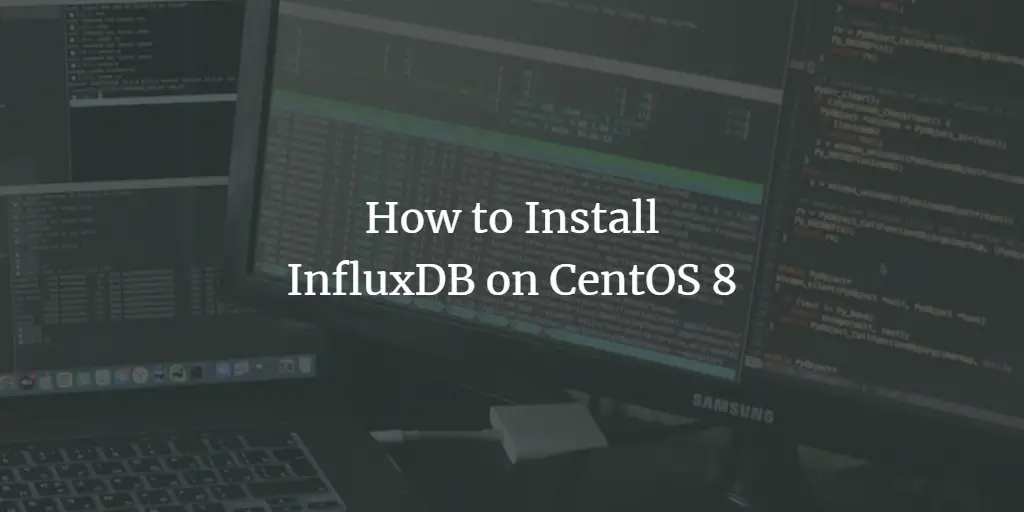Linux Tutorials on the topic “centos”
-
How to use grep to search for strings in files on the Linux shell
Author: Srijan Kishore • Tags: centos, debian, linux, opensuse, shell, ubuntu • Comments: 10 • Updated: Jan 16, 2025The grep command, which means global regular expression print, remains amongst the most versatile commands in a Linux terminal environment. It happens to be an immensely powerful program that lends users the ability to sort input based on complex rules, thus rendering it a fairly popular link across numerous command chains. The grep command is primarily used to search text or search any given file for lines containing a match to the supplied words/strings.
-
How to Install and Use SFTP on Linux Servers
Author: Arvid L • Tags: centos, debian, linux, security, server, ubuntu • Comments: 3 • Updated: Aug 29, 2024SFTP or SSH File Transfer Protocol is a method for securely transferring data between computers. In this guide, you will learn how to set up SFTP Server on a Linux system.
-
Repair Linux boot failures in GRUB 2 rescue mode
Author: Gurujyot_singh • Tags: centos, debian, fedora, linux, suse, ubuntu • Comments: 38 • Updated: Aug 25, 2024GRUB 2 is a popular and flexible bootloader used in many Linux distributions. It serves as the interface between the system's firmware and the operating system, enabling users to choose which OS or kernel version to boot into. This article provides you with information on available options for repairing GRUB 2 boot issues and specific instructions on how to use the GRUB 2 terminal.
-
-
How to use the Linux ftp command to up- and download files on the shell
Author: David Duarte • Tags: centos, fedora, linux, opensuse, shell, suse, ubuntu • Comments: 17 • Updated: Aug 23, 2024In this tutorial, I will show you how to use the Linux ftp command on the shell. I will show you how to connect to an FTP server, up- and download files and create directories. While there are many nice desktops FTP clients available, the ftp command is still useful when you work remotely on a server over an SSH session and e.g. want to fetch a backup file from your FTP storage.
-
How to Mount an NTFS Drive on Rocky Linux
Author: David Duarte • Tags: centos, desktop, fedora, linux, server, storage • Comments: 0 • Published: Jun 28, 2024This tutorial will show you how to mount an NTFS drive in read/write mode on the RHEL-based Linux operating system Rocky Linux. NTFS-3G is a stable Open Source NTFS driver that supports reading and writing to NTFS drives on Linux and other operating systems.
-
How to change the Swappiness of your Linux system
Author: Bill Toulas • Tags: arch linux, centos, debian, fedora, kernel, linux, mandriva, opensuse, pclinuxos, raspbian, suse, ubuntu • Comments: 21 • Updated: Jan 26, 2024Swappiness is the kernel parameter that defines how much (and how often) your Linux kernel will copy RAM contents to swap. This parameter's default value is “60” and it can take anything from “0” to “100”. The higher the value of the swappiness parameter, the more aggressively your kernel will swap.
-
How to Rename Network Interfaces to eth0 on CentOS
Author: Muhammad Arul • Tags: centos, linux, networking, server • Comments: 0 • Published: Sep 14, 2023In this article, we will learn about the Linux interface naming. You will learn how the network interface on Linux named eth(X), ens(X), eno(X), etc.
-
How to Install and Configure Nginx with PHP-FPM on CentOS 8
Author: Hitesh Jethva • Tags: centos, linux, nginx, server • Comments: 0 • Published: Sep 13, 2023Nginx is a free, open-source, and one of the most powerful web servers worldwide. This tutorial will teach us how to install Nginx with PHP-FPM support in CentOS 8.
-
How to Install InfluxDB on CentOS 8
Author: Hitesh Jethva • Tags: centos, linux • Comments: 0 • Published: Aug 02, 2023InfluxDB is an open-source and time series database developed by InfluxData. It is written in Go and designed to handle high write and query loads. This tutorial will explain how to install InfluxDB on CentOS 8.
-
Install Odoo on CentOS with Nginx
 Author: Hitesh Jethva •
Tags: centos, linux, server, web server •
Comments: 0
Author: Hitesh Jethva •
Tags: centos, linux, server, web server •
Comments: 0 Odoo is an open-source ERP and CRM system used to manage the company's basic needs including materials and warehouse management, human resources, finance, accounting, sales, inventory and many other enterprise features. This tutorial will show you how to install Odoo with Nginx on CentOS.
What is CentOS?
CentOS or Community Enterprise Operating System is a community driven enterprise-class GNU/Linux distribution that uses the upstream sources of Red Hat Enterprise Linux as it basis. This RHEL fork is fully compatible with Red Hat's system, but it is free of price, certification requirements and support services. This fact quickly raised the popularity of CentOS among server administrators and other demanding sectors of the corporate environment, so the project ended up being acquired by Red Hat in 2014, who also hired the head developers of the project. CentOS however remains independent as an entity, focused in the development of open source solutions and led by their own governing board.
Why use CentOS?
As CentOS is basically a RHEL fork, it boasts top notch security features that meet the increased needs of web servers in that sector. Red Hat employs a large team of experts that work on locating and filling security holes in a daily basis. These fixes are then circulated through critical updates that CentOS receives regularly. This procedure ensures the utmost level of security that CentOS users enjoy without spending a nickel.
Another factor that is critical for enterprise grade systems is their stability. Being a RHEL fork, CentOS features great operational rigidness and solid systems implementation that are reliable for any use case. CentOS is known for using older and more stable and tested versions of software packages that are performing more predictably and feature very low failure and bug rates. All packages are carefully selected and tested for their interoperability and proper functionality, so while CentOS may not feature the latest and greatest software, it will certainly allow you to work without any nasty surprises.
The third critical factor that makes CentOS unique among enterprise level operating systems is the wide spectrum of hardware architectures that it supports. CentOS can work seamlessly on 32 or 64-bit Intel and ARM systems, PowerPC (Apple Macintosh), IBM eServers, DEC Alpha and SPARC.
HowtoForge and CentOS
Harvesting the sheer power of systems like CentOS is never a simple case, but HowtoForge deep expertise can help you get there step by step, and through complete and easily understandable tutorials. Our guides concern the installation and configuration of open server solutions on CentOS, establishment of secure SSH connections, utilization and setting up of cloud services or Apache servers, implementation of project management solutions and other sophisticated office utilities, realization of rock solid website hosting, performance RAID arrays management and configuration, creation of SQL databases, Joomla and Drupal platforms installation and integration. HowtoForge offers over four hundred content rich tutorials that explain the various possible CentOS configurations and uses in great detail. Whether you are a new user that just installed CentOS for the first time, or an experienced professional that works with enterprise-class systems for years, exploring our tutorials database will surely expand your knowledge and enhance your web-mastering abilities.
This is of course only a fraction of the total volume of information that can be found in HowtoForge website. Learn more about CentOS and other GNU/Linux distributions by visiting our helpful community forums. An experienced user is always likely to answer to any of your questions/problems.




